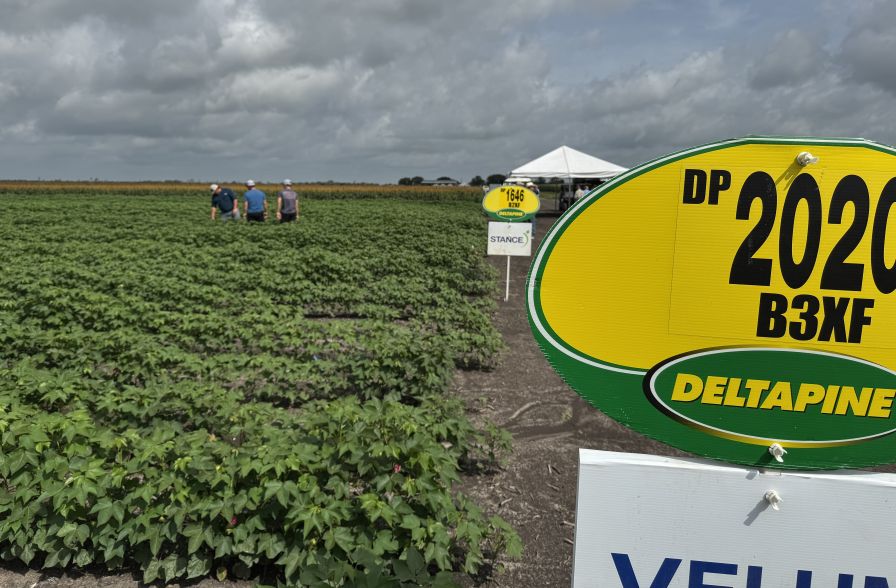Lack Of Capacity, Standardization Frustrate the Logistics Sector
Working in the global logistics field is not for the faint of heart, regardless of the type of product being shipped. Mistakes can be costly in any business, but some accidents are worse than others – as anyone who’s seen a photo of an overturned container ship will agree.
Shipping cotton around the globe poses more challenges than most other products, however. Changing trade patterns, government bans on exports, wildly fluctuating costs, challenges with warehousing, and extremely congested ports all make fiber a very tricky business to be in.
Globally, the tendency is to handle general cargo with rigid processes that are intended to encompass all possible alternatives and situations. While it’s always good to have a plan and be prepared, succeeding in logistics requires a high level of flexibility and dedication. Generals have long said that battle plans become useless once the first shot is fired, and the same axiom applies to logistics.
At least in battle, the combatants usually have the ability to choose a battlefield that suits their needs. Global shippers have to work with what’s available, and in some of the largest and most important cotton regions in the world, the pickings are slim.
Brazil, a rising force in the global cotton trade despite having a smaller crop this season, is famous worldwide for its logistics challenges. The bulk of production happens in the state of Mato Grosso, thousands of kilometers from the ports in the east. Making matters worse, the infrastructure is very primitive, adding time and cost to every pound of fiber. It takes longer for the cotton to make it from Mato Grosso to ports like Santos than it does to get from the port to China.
China has the same problem, with cotton that’s grown in the northwest having to make an extremely long journey to the mills in the east.
Bigger Isn’t Always Better
One of the challenges is logistics today is the growing capacity of ocean-going vessels also add more pressure on the infrastructure. The primary ports in South America, for example, are receiving vessels with 30 times the capacity of the ones calling only 20 to 25 years ago.
Facilities have expanded as much as possible to accommodate them, of course, but the ability to expand isn’t limitless. Obviously, it’s not easy or inexpensive to simply build a new port when traffic exceeds a current one’s ability ability to handle – and even if it were, there would still be a need for new roads, new railways, and new storage facilities to service the port.
That’s a problem, given the ever-increasing volume of commodities being shipped, especially in agriculture-rich regions like South America. Traders are able to commercialize grain shipmenst in smaller volumes, increasing the pressure on fiber. The world’s growing population is in constant demand of more food, and with commodity prices on the rise, cotton now has a multitude of competitors vying for space and resources at every link of the supply chain.
Many of the other challenges are “man made,” in the sense that they aren’t caused by (or dependent on) geographic limitations or natural resources. The majority of them are the result of a lack of standardization from one country to the next:
• Phytosanitary certificates,
• Hazardous cargo classification,
• Variance in bale sizes, and
• Lack of a universal bale numbering system.
On the bright side, while those inconsistencies pose a huge number of problems in today’s logistics industry, there is hope that they can be eliminated in the future if countries can come to an agreement on a few global standards.
Controlling: The Old World Meets the New World
While not technically part of the actual logistics process, controlling is a critical step in getting cotton from sellers to buyers. In recent years, one of the bigger challenges has been the adoption of technology in some functions of controlling but lack of adoption in other areas.
Many controllers – especially in management roles – have access to mobile communication devices, sophisticated software and other modern technologies that have vastly improved their ability to serve their clients. But while high-tech gadgets have found their ways into offices, they haven’t necessarily been adopted by front-line workers. One veteran controller told Cotton International that his company’s inspectors often work with equipment that has remained largely unchanged in several decades.
“I recall once carrying out weighing with a balance scale suspended from a tripod of wooden logs,” he said with a laugh. “I suspect that method of weighing probably dates back to the 19th century!”
New technology and mobile devices have enabled faster reporting, but its usefulness is limited if the measurements themselves are being taken with outdated tools.
The most recent change to hit the controlling industry was the increased usage of third-party classing services at origin, especially in the Commonwealth of Independent States (CIS), Australia and Brazil. The next change might come in the form of radio frequency identification (RFID) tags, which would allow an inspector to record and send data to the shipper almost immediately when an assignment was completed.
Cost is the biggest barrier to the adoption of RFID tags, because every inspector would need to have the data scanning and recording equipment available at every work site.









